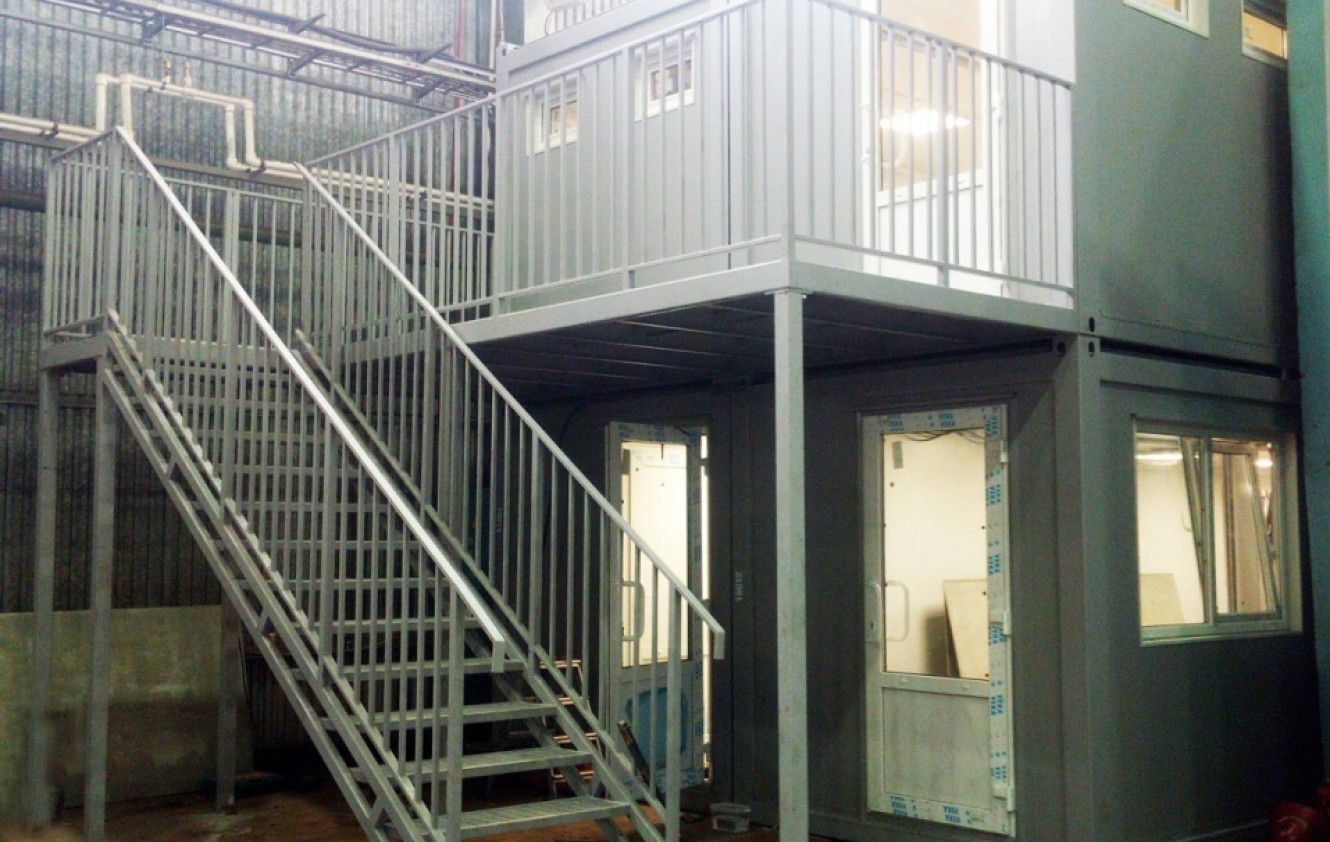
When it comes to designing a hangar, functionality comes first. A well-designed hangar not only protects your valuable assets but also boosts ease of use and maintenance. In this article, we will explore some of the key design elements that can enhance hangar effectiveness and productivity.
- Strategic Location Planning
The location of the hangar plays a significant role in its overall functionality and efficiency. Strategically positioning the hangar near the aircraft apron or access point enables easier access to fueling and maintenance facilities. This saves time and expenses.
- Bay and Door Design
A well-designed bay layout matters for aircraft movement. Bays should be positioned to enable aircraft maneuverability. Bay doors should be designed to accommodate various aircraft types. Automation and robotics can also be integrated into bay doors to boost efficiency.
- Efficient Interior Layout
A cluttered hangar can impede efficient operations. A well-designed interior layout ensures that necessary tools and equipment are within reach.
This includes features like slotted shelving, floor drains, and heavy-duty flooring.
- Advanced Lighting Systems
Proper lighting is crucial for secure aircraft maintenance and storage. Advanced lighting systems that cater to various aircraft types and provide bright lighting can significantly enhance hangar efficiency and productivity.
LEDs are an great choice, given their energy efficiency. They provide strong illumination.
- Climate Control and Ventilation
Proper temperature control and ventilation are essential for preserving aircraft systems. An efficient climate control system regulates temperatures between -20°C and 40°C, and a state-of-the-art ventilation system can remove moisture and contaminants from the air.
- Accessibility and Aisle Design
Large equipment, like heavy machinery, can take up expensive space. Adequate aisle space around equipment encourages efficient movement without obstruction. Ramps and walkways should also be integrated to enable quick aircraft access.
- Inventory and Supply Management
Effective inventory and supply management systems can significantly enhance hangar functionality. Track inventory levels and manage supply chains to maximize space utilization.
- Integrated Inspection and Maintenance Systems
Integration of inspection and maintenance systems into the hangar design enables quick identification of potential issues. This helps minimize downtime.
- Sustainable Design Elements
Incorporating sustainable design elements, such as solar panels and insulated walls, can enhance environmental sustainability. Green roofs can also promote energy efficiency.
- Security Features
Last, but not least, hangar security features like surveillance systems, alarms, and biometric scanners should be factored into the design. These measures guard against unauthorized access.
By incorporating these design elements into your hangar, you can create a functional and компании по строительству промышленных зданий efficient workspace that meets the changing needs of your aircraft and personnel.
